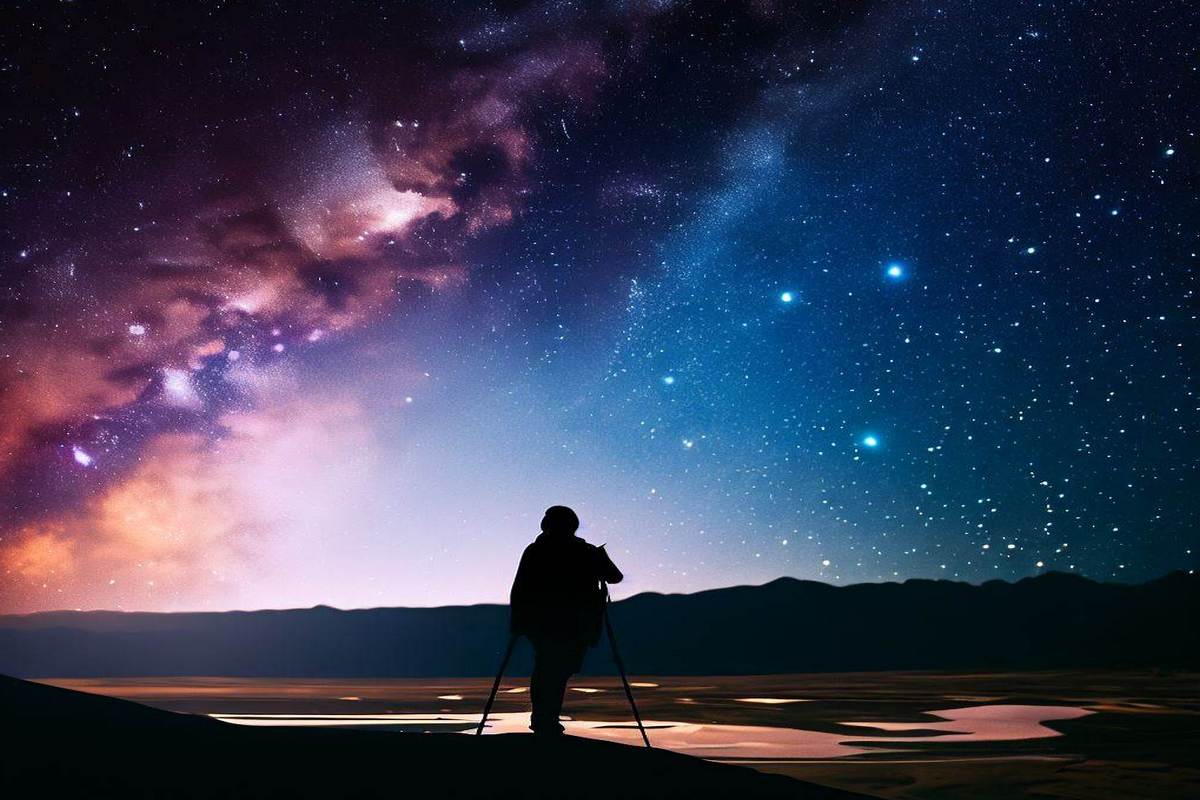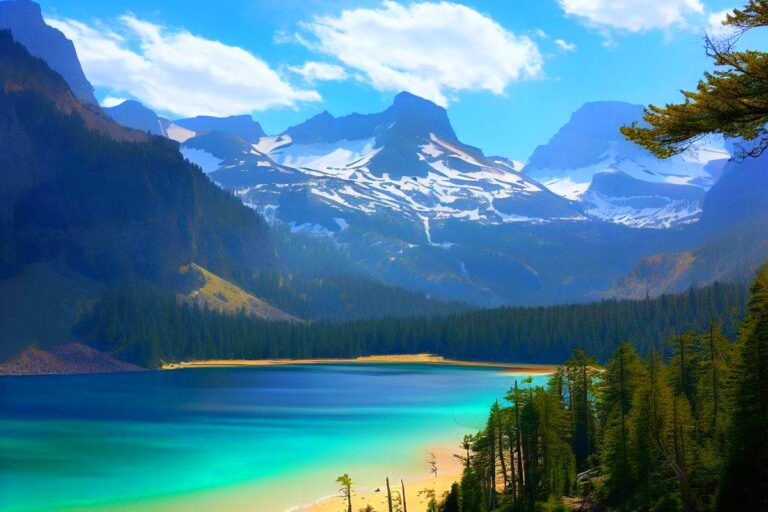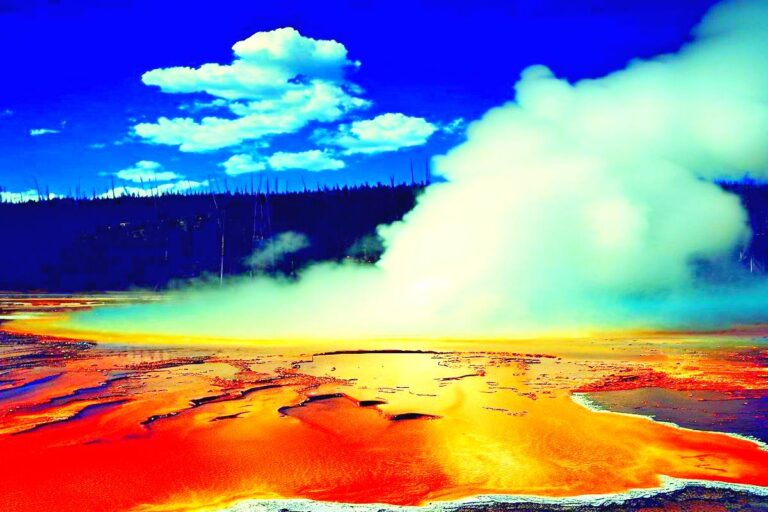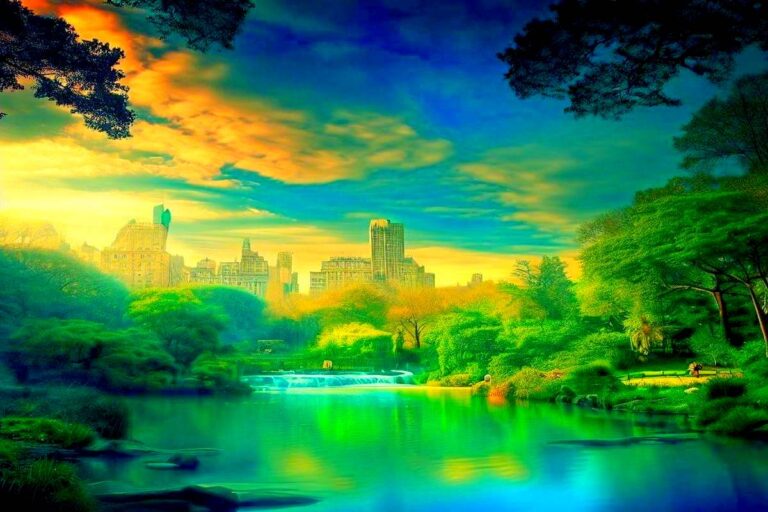Explore the Beauty of the Night Sky: Top US National Parks for Stargazing

Introduction: A Celestial Adventure Awaits

The night sky has captivated humanity for millennia, with its vast expanse of twinkling stars, mysterious planets, and ethereal celestial phenomena. For those seeking to escape the bright lights of the city and immerse themselves in the wonders of the cosmos, the United States national parks offer some of the best stargazing opportunities. In this guide, we’ll take you on a journey through the top US national parks for stargazing, sharing tips for an unforgettable celestial experience.
Embracing the Darkness: The Importance of Dark Sky Parks.
Before we dive into our list of top stargazing destinations, it’s essential to understand the significance of dark sky parks. These protected areas are designated by the International Dark-Sky Association (IDA) for their exceptional nighttime environments and commitment to preserving natural darkness. By visiting a dark sky park, you’ll be treated to some of the clearest, most awe-inspiring views of the night sky.
1. Cherry Springs State Park (Pennsylvania): A Stargazer’s Paradise

Although this is a state park and not a national park, we have included it due to its exceptional location for stargazing. We highly recommend it for this reason.
Nestled within the Susquehannock State Forest, Cherry Springs State Park is one of the best places in the eastern United States for stargazing. Its remote location and minimal light pollution make it an ideal spot for observing celestial wonders.
- What to See: Milky Way, Andromeda Galaxy, meteor showers
- Stargazing Tips: Attend a public stargazing program or reserve a spot at the Astronomy Observation Field for a more private experience
- Best Time to Visit: May through October, during new moon phases
2. Big Bend National Park (Texas): A Lone Star State Gem

Located in the remote Chihuahuan Desert, Big Bend National Park boasts some of the darkest skies in the United States. With its diverse landscape and clear, dry air, this park offers a truly unique stargazing experience.
- What to See: Milky Way, constellations, planets, and occasional meteor showers
- Stargazing Tips: Visit the Panther Junction Visitor Center for ranger-led stargazing programs or explore the park’s many scenic overlooks
- Best Time to Visit: Spring and fall, when temperatures are milder
3. Bryce Canyon National Park (Utah): A Celestial Amphitheater

The striking hoodoos and natural amphitheaters of Bryce Canyon National Park create a dramatic backdrop for stargazing. The park’s high elevation and dry climate provide excellent conditions for observing the night sky.
- What to See: Milky Way, constellations, planets, and meteor showers
- Stargazing Tips: Attend the annual Bryce Canyon Astronomy Festival or join a ranger-led stargazing program
- Best Time to Visit: Summer, when the park offers the most astronomy programs
4. Great Basin National Park (Nevada): A Desert Oasis

Tucked away in the remote high desert of Nevada, Great Basin National Park offers some of the darkest skies in the country. With minimal light pollution and a diverse landscape, this park is a stargazer’s dream.
- What to See: Milky Way, constellations, planets, and meteor showers
- Stargazing Tips: Visit the Great Basin Observatory or join a ranger-led astronomy program
- Best Time to Visit: Summer and early fall, when the park hosts its annual astronomy festival
5. Death Valley National Park (California): A Dark Sky Haven

Despite its foreboding name, Death Valley National Park is a haven for stargazers. Its vast, open landscape and dry climate make it one of the best places in the United States to observe the night sky.
- What to See: Milky Way, constellations, planets, and meteor showers
- Stargazing Tips: Explore the park’s many scenic overlooks or attend a ranger-led stargazing program
- Best Time to Visit: Winter and spring, when temperatures are cooler
6. Acadia National Park (Maine): A Coastal Stargazing Retreat

Acadia National Park’s rugged coastline and granite peaks provide a stunning setting for stargazing. As one of the few dark sky parks in the eastern United States, this park offers a rare opportunity to observe the night sky free from light pollution.
- What to See: Milky Way, constellations, planets, and meteor showers
- Stargazing Tips: Visit the park’s many scenic overlooks or attend the annual Acadia Night Sky Festival
- Best Time to Visit: Late summer and early fall, when the weather is mild and skies are clear
Tips for a Stellar Stargazing Experience
To make the most of your stargazing adventure, keep these tips in mind:
- Check the lunar calendar: Plan your visit during a new moon or crescent moon phase for the darkest skies
- Dress appropriately: Bring warm clothing and blankets, as temperatures can drop significantly at night
- Bring the right equipment: A pair of binoculars or a telescope can enhance your stargazing experience
- Learn the basics: Familiarize yourself with constellations and celestial events to better appreciate the night sky
- Practice patience: Allow your eyes to adjust to the darkness for at least 20 minutes before stargazing
Conclusion: A Journey Through the Cosmos
The United States national parks offer unparalleled opportunities to explore the beauty of the night sky. From the dramatic landscapes of Bryce Canyon to the remote wilderness of Big Bend, these parks provide a window into the cosmos that few other places can match. As you embark on your celestial adventure, remember to appreciate the natural darkness that makes these experiences possible and to share your newfound appreciation for the night sky with others. Happy stargazing!
Explore the Beauty of the Night Sky: Top US National Parks for Stargazing-Image Gallery





















